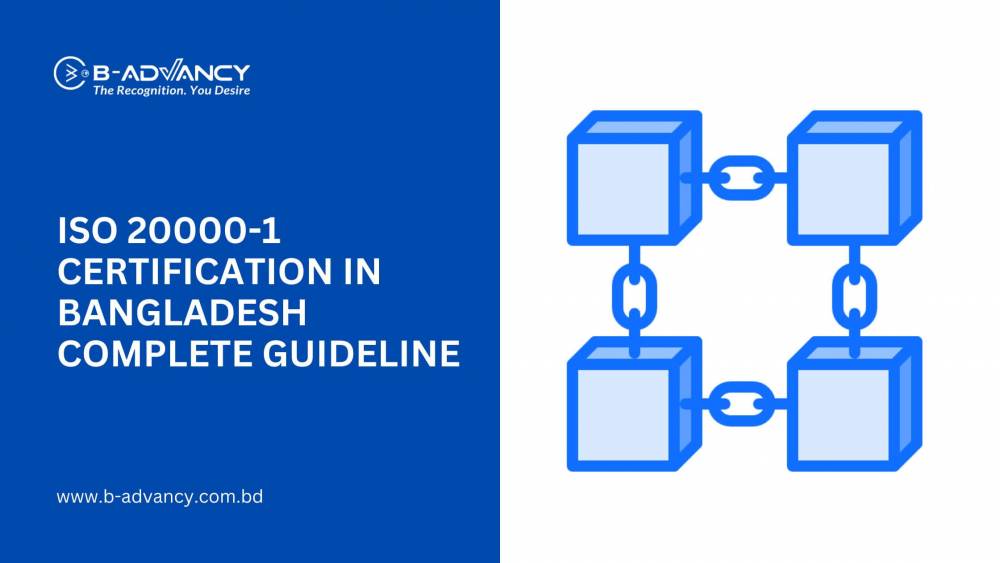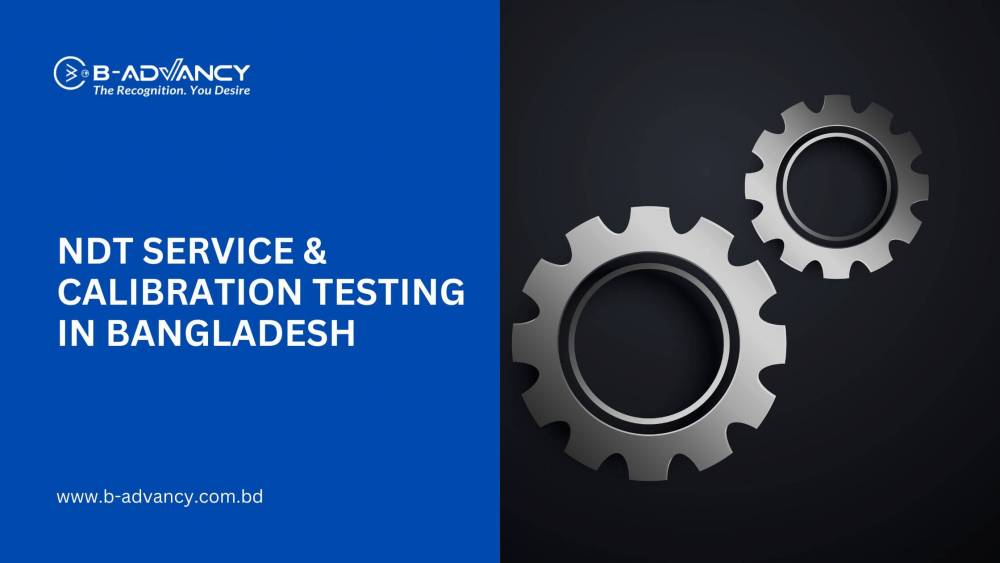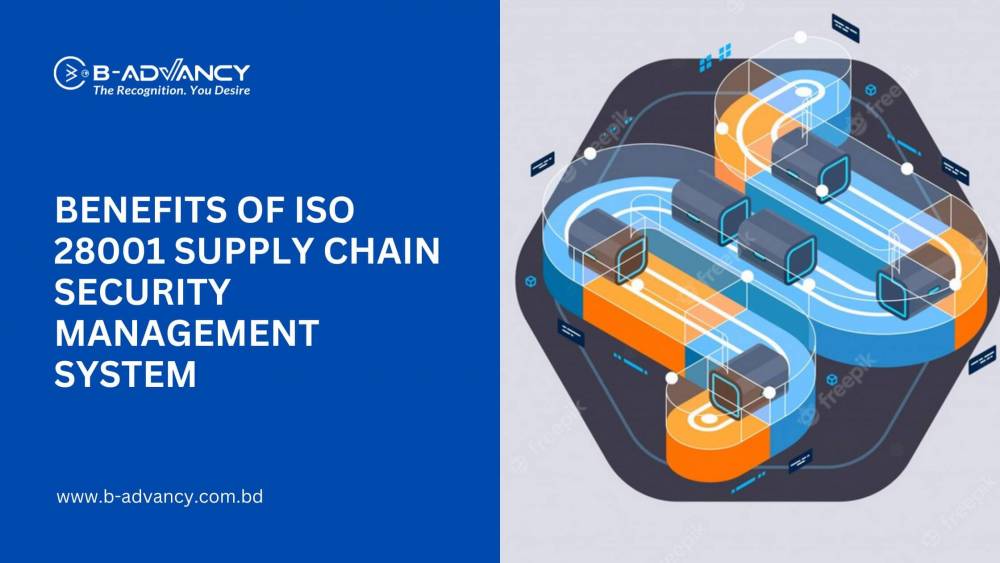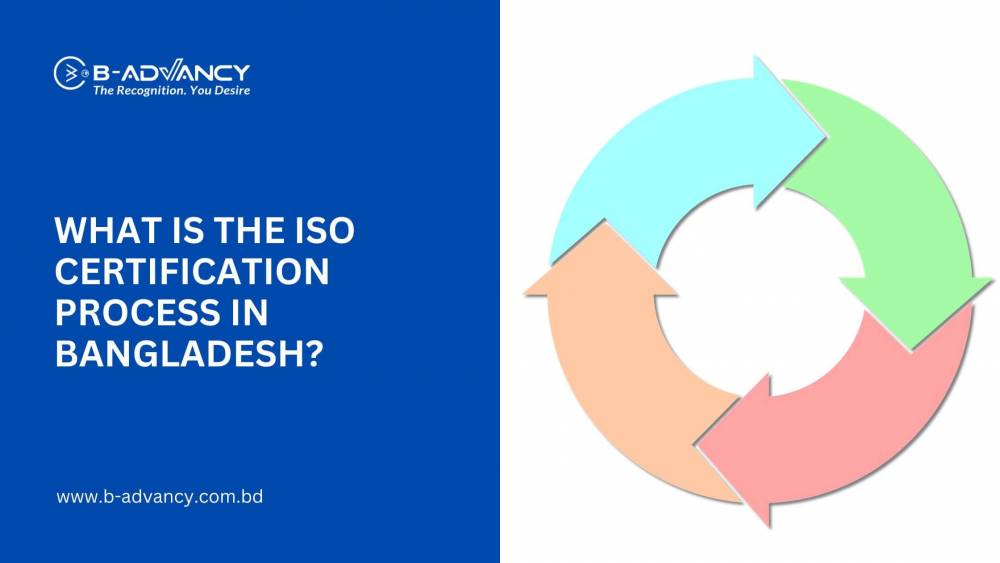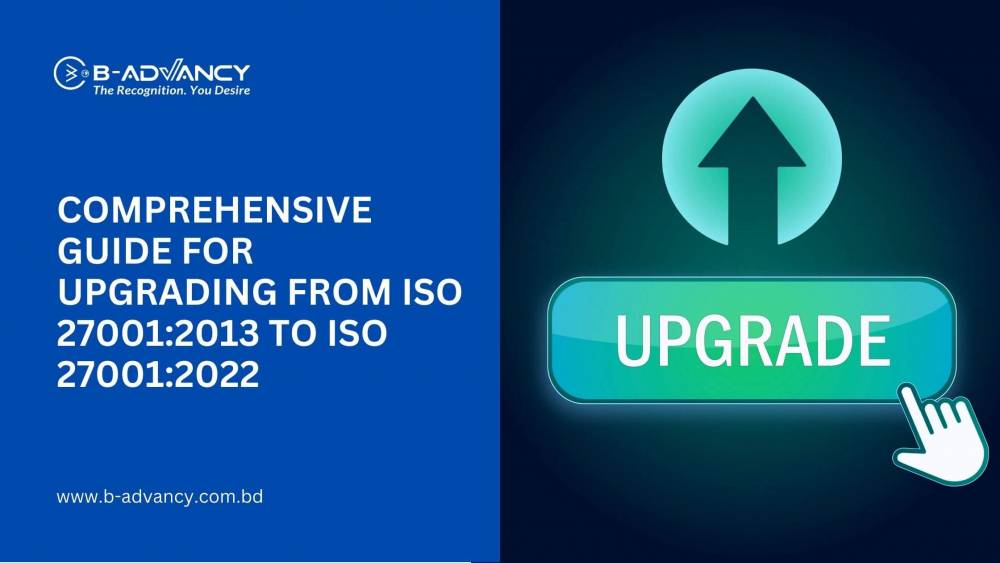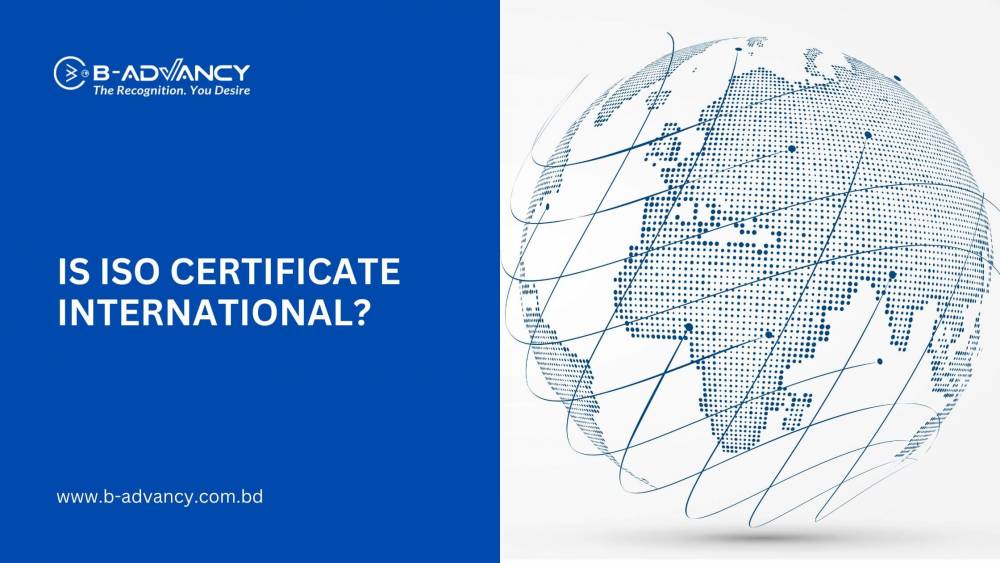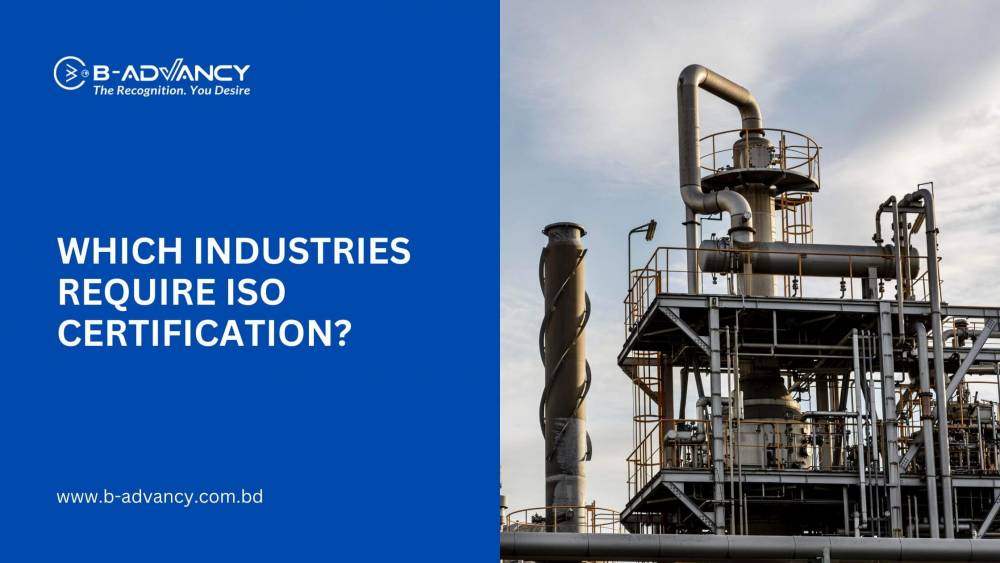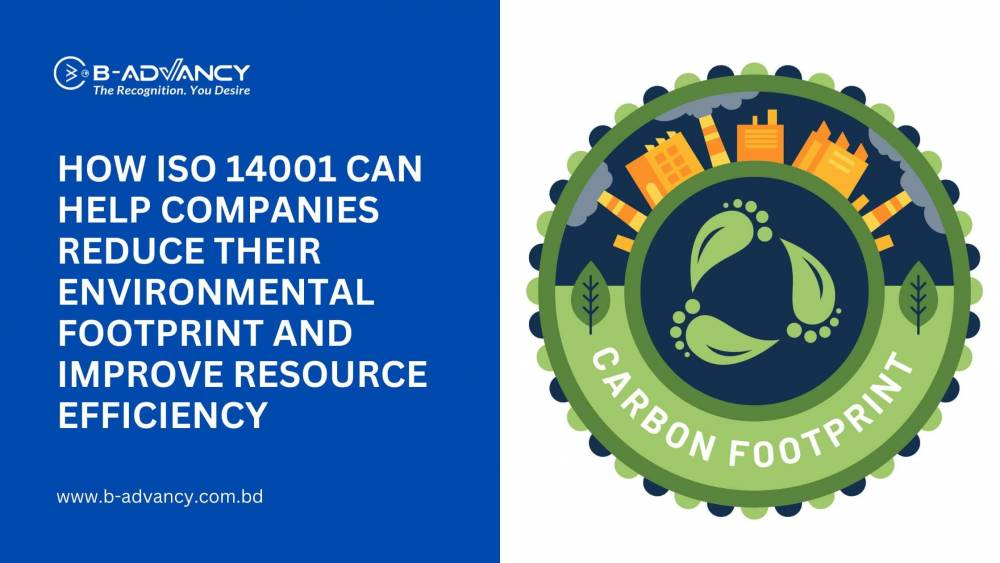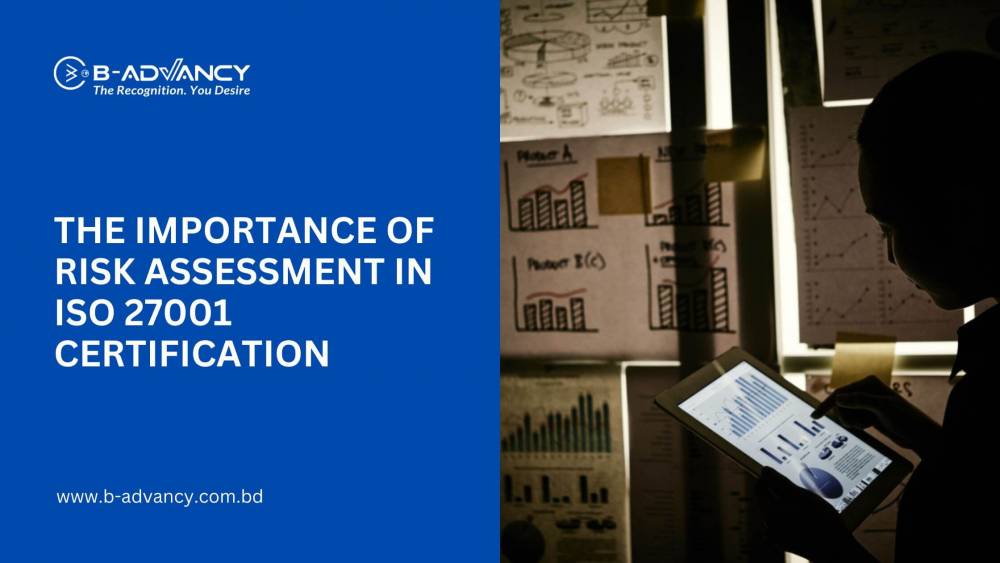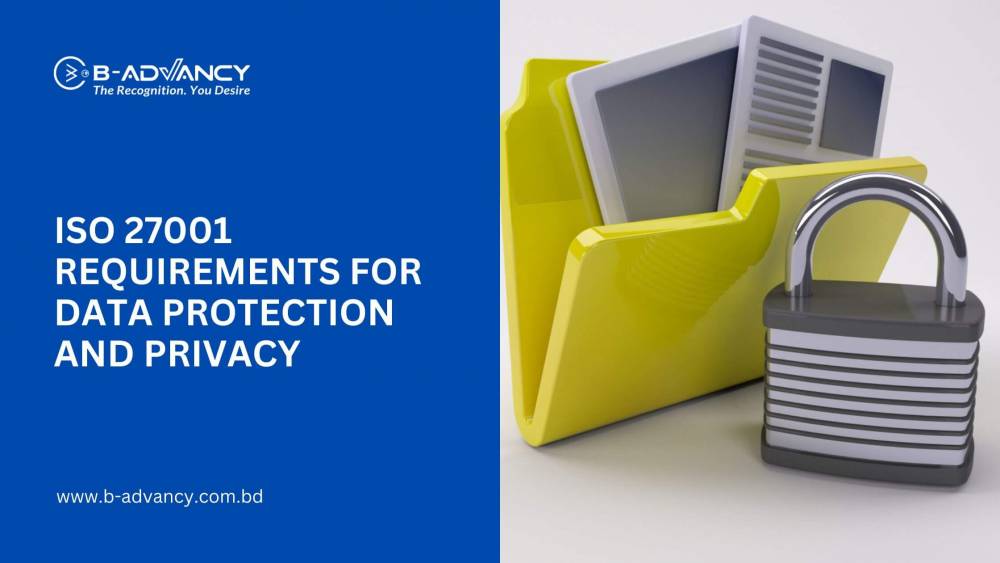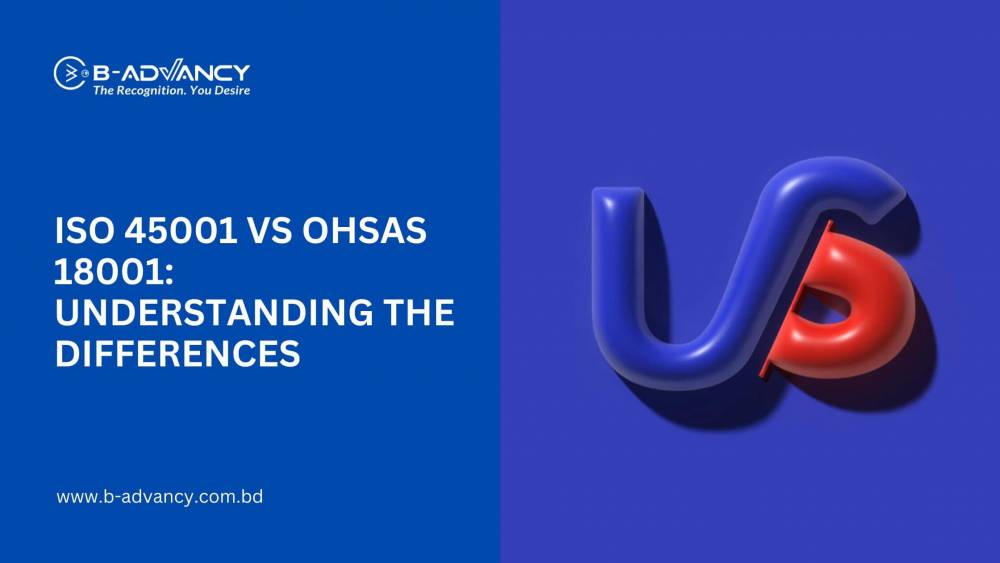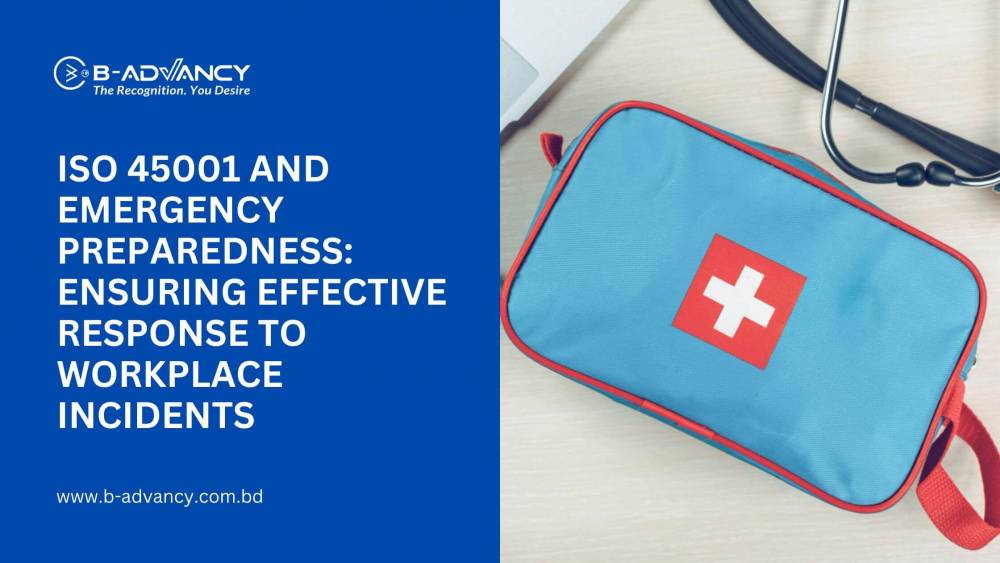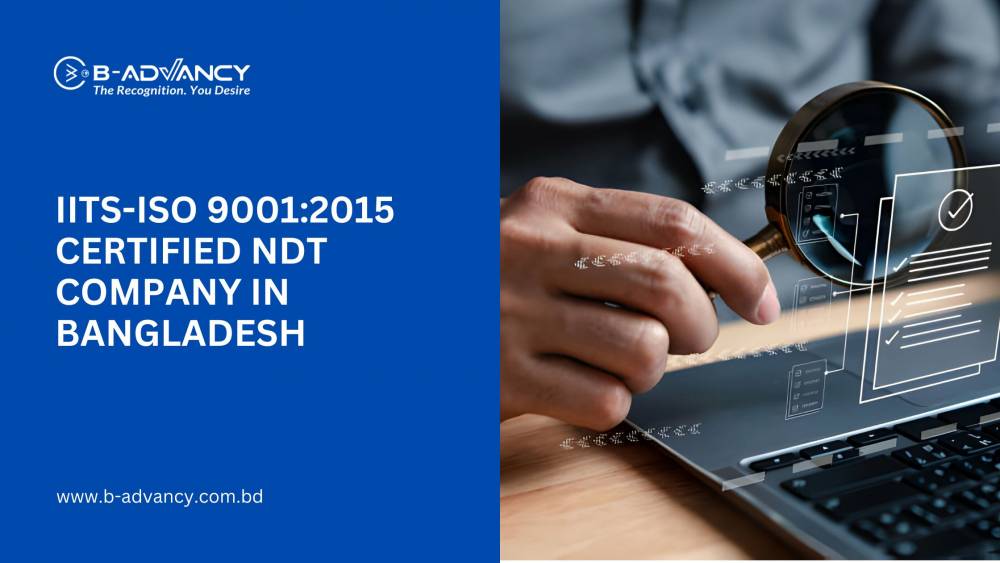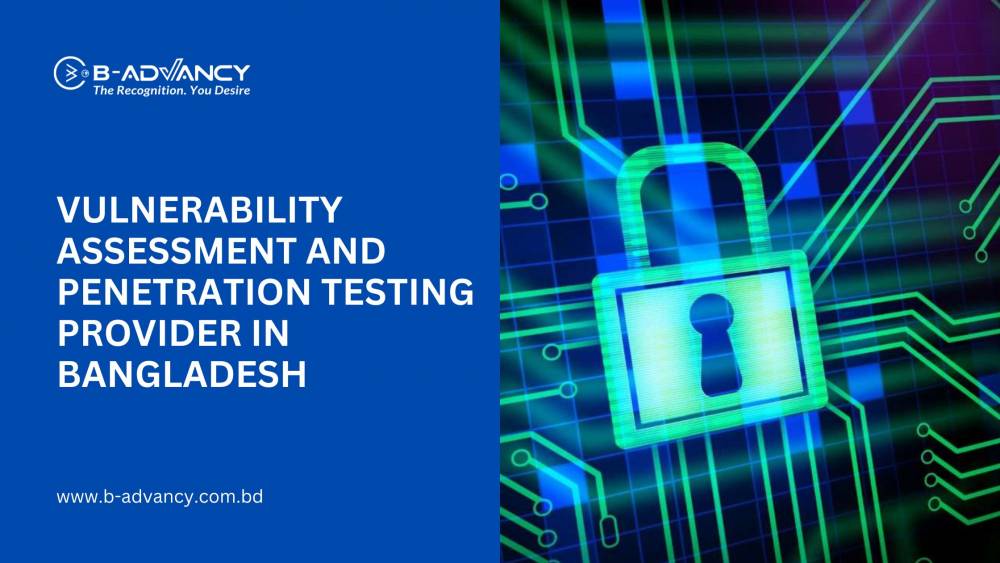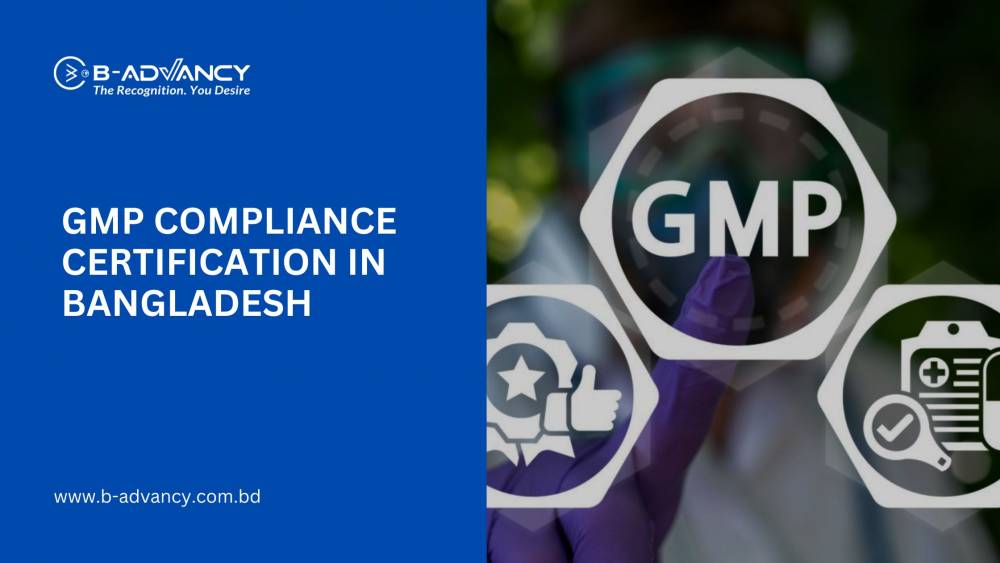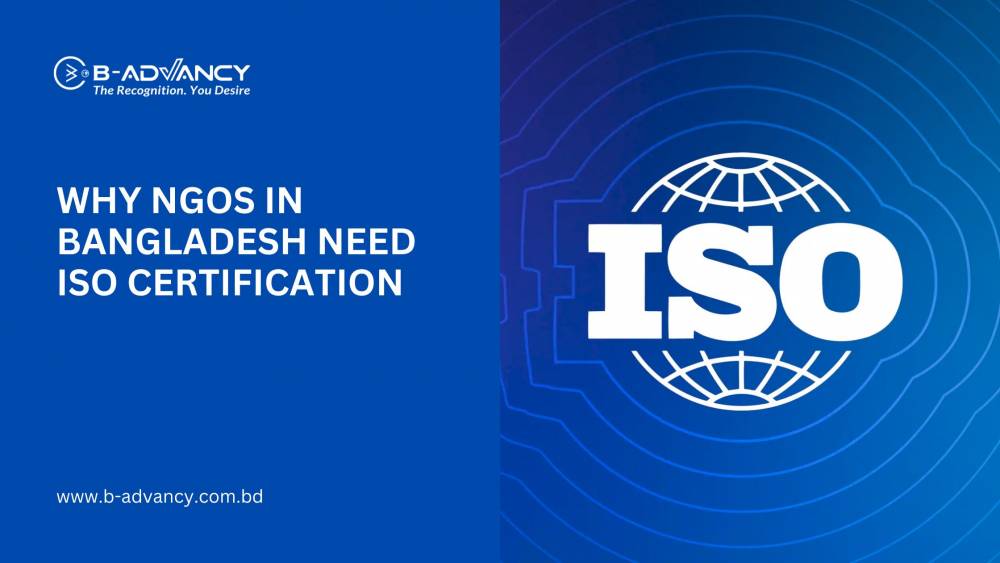I. Introduction
A. Definition of ISO 45001: ISO 45001 is an international standard for Occupational Health and Safety Management Systems. It provides a framework for organizations to manage workplace health and safety risks and ensure the well-being of employees.
B. Importance of ISO 45001 in Occupational Health and Safety Management System: ISO 45001 is important because it helps organizations create a safer and healthier work environment for their employees. By implementing the standard, organizations can reduce the risk of workplace accidents and injuries, ensure compliance with health and safety regulations, and demonstrate their commitment to employee well-being. The standard also provides a systematic approach to managing health and safety, leading to increased efficiency and cost savings. By obtaining ISO 45001 certification, organizations can enhance their reputation and credibility, increase customer confidence and satisfaction, and improve market competitiveness.
II. Benefits of ISO 45001 certification
A. Improved Workplace Safety: Implementing the ISO 45001 standard leads to improved workplace safety by reducing the risk of accidents and injuries. The standard provides a systematic approach to managing health and safety, including identifying and eliminating potential hazards, which helps to reduce the number of workplace accidents and injuries. ISO 45001 also helps organizations to comply with health and safety regulations, ensuring that they are operating in a safe and compliant manner.
➤ Reduction in workplace accidents and injuries: By implementing the ISO 45001 standard, organizations can identify and eliminate potential hazards, reducing the risk of workplace accidents and injuries.
➤ Compliance with health and safety regulations: ISO 45001 helps organizations to ensure compliance with health and safety regulations, avoiding the risk of legal penalties and fines.
➤ Implementation of a systematic approach to managing health and safety: The ISO 45001 standard provides a systematic approach to managing health and safety, ensuring that all aspects of the workplace are considered and managed in a consistent and effective manner.
B. Enhanced Reputation and Credibility: ISO 45001 certification demonstrates an organization's commitment to employee health and safety and enhances their reputation and credibility.
➤ Demonstrates commitment to health and safety: Obtaining ISO 45001 certification demonstrates to stakeholders, including customers and employees, that an organization is committed to ensuring a safe and healthy workplace.
➤ Increases customer confidence and satisfaction: By demonstrating a commitment to health and safety, organizations can increase customer confidence and satisfaction, leading to increased business and a more positive brand image.
➤ Improves market competitiveness: ISO 45001 certification can give organizations a competitive advantage by demonstrating a commitment to health and safety, improving their reputation and credibility.
C. Increased Efficiency and Cost Savings: Implementing the ISO 45001 standard can lead to increased efficiency and cost savings for organizations.
➤ Streamlines processes and reduces duplicated efforts: ISO 45001 provides a systematic approach to managing health and safety, streamlining processes and reducing duplicated efforts.
➤ Helps to identify and eliminate potential hazards: By identifying potential hazards, organizations can take steps to eliminate them, reducing the risk of workplace accidents and injuries.
➤ Increases productivity through improved work environment: A safe and healthy workplace leads to increased employee morale and productivity, helping organizations to achieve their goals and objectives.
III. How to achieve ISO 45001 certification
A. Requirements for certification: To get ISO 45001 certification, an organization must demonstrate that it has a robust and effective Occupational Health and Safety Management System in place.
➤ Development of a health and safety management system: An organization must develop a health and safety management system that meets the requirements of the ISO 45001 standard. This includes policies, procedures, and controls to manage workplace health and safety risks.
➤ Implementation of policies, procedures, and controls: Once the health and safety management system has been developed, it must be implemented throughout the organization, ensuring that all employees are aware of their responsibilities and are following the policies and procedures.
➤ Regular internal and external audits: Organizations must conduct regular internal and external audits to monitor their compliance with the ISO 45001 standard and identify areas for improvement.
B. Steps to obtain certification: To obtain ISO 45001 certification, organizations must follow the steps outlined below.
➤ Conduct a gap analysis to determine current level of compliance: Organizations must conduct a gap analysis to determine their current level of compliance with the ISO 45001 standard and identify any areas that need improvement.
➤ Develop and implement an occupational health and safety management system: Based on the results of the gap analysis, organizations must develop and implement an occupational health and safety management system that meets the requirements of the ISO 45001 standard.
➤ Prepare for certification audit: Once the health and safety management system has been developed and implemented, organizations must prepare for the certification audit, demonstrating their compliance with the ISO 45001 standard to the certifying body.
Note: The steps involved in achieving ISO 45001 certification may vary depending on the certifying body and the specific requirements of the organization.
V. Conclusion
ISO 45001 certification provides numerous benefits for organizations, including improved workplace safety, enhanced reputation and credibility, increased efficiency and cost savings, and compliance with health and safety regulations.
B. Importance of maintaining certification for continued success: ISO 45001 certification is not a one-time achievement, but rather an ongoing process of continuous improvement. Organizations must maintain their certification by regularly monitoring and improving their health and safety management system to ensure continued success.
C. Encouragement to consider ISO 45001 certification for organizations: With the numerous benefits that ISO 45001 certification provides, it is encouraged for organizations to consider obtaining this certification to demonstrate their commitment to health and safety and improve their overall performance. By achieving and maintaining ISO 45001 certification, organizations can improve workplace safety, enhance their reputation and credibility, and achieve increased efficiency and cost savings.
















